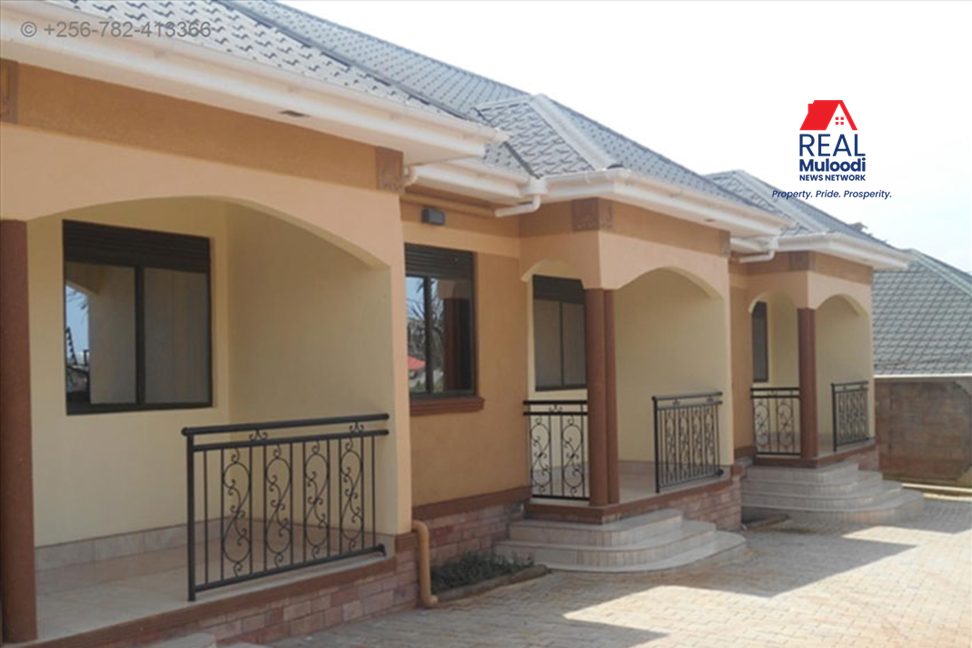UGANDA, Kampala | Real Muloodi News | Nick Twinamatsiko’s book, “Mizigo Money: A Guide to Efficient Investment in Housing in Uganda with Analysis, Drawings and Cost Calculations,” provides an in-depth exploration of Uganda’s housing sector. The book addresses critical issues tied to urbanization, population growth, and the challenges surrounding home construction and rental property investment.
With Uganda’s population growing rapidly and rural-urban migration rising, the country faces a mounting housing crisis.
The situation is compounded by stringent mortgage conditions, requiring a 30–40 per cent down payment based on credit quality. High interest rates further complicate affordability; as of August 7, 2024, the Bank of Uganda’s benchmark interest rate stands at 10 per cent.
Although this is a slight reduction from the previous 10.25 per cent, it has not significantly eased borrowing for prospective homeowners due to stagnant incomes.
The book delves into these challenges while providing practical solutions. Twinamatsiko uses data, drawings, and calculations to simplify complex issues in Uganda’s housing market. He explains how high construction materials costs, untrained labour, and uneconomical building designs contribute to the problem.
The author highlights societal changes in Uganda’s real estate landscape. Referencing Kampala’s transformation from a city of seven hills with a population of 70,000 to a metropolis with 7 million people, Twinamatsiko underscores the enduring appeal of Kololo, a neighbourhood historically associated with wealth.
“The ultimate dream of the Ugandan elite is to live on Kololo hill,” he writes.
However, he challenges readers to reimagine other areas, such as Wakiso hills, as well-planned and organized communities, even if developed with mizigo (rental apartments).
Twinamatsiko also tackles whether housing should primarily be a state or private sector responsibility. In the chapter “Public Housing and Private Housing,” he offers a historical analysis of Uganda’s housing policies and underscores the importance of government involvement.
He argues for initiatives such as land trusts, land banks, and planning reforms to facilitate the construction of affordable homes.
Another critical aspect of the book is its focus on cost-efficient construction methods.
In the chapter “Computation of Construction Costs (II),” the author analyzes expenses associated with building an apartment unit using traditional fired clay bricks versus interlocking bricks.
He demonstrates how applying cost-saving measures can reduce expenses by up to 30 per cent.
Mizigo Money offers a detailed and practical guide to navigating Uganda’s housing sector. With actionable insights and thorough analysis, the book provides valuable tools for individuals, policymakers, and investors looking to address Uganda’s housing challenges effectively.
READ MORE LIKE THIS:



